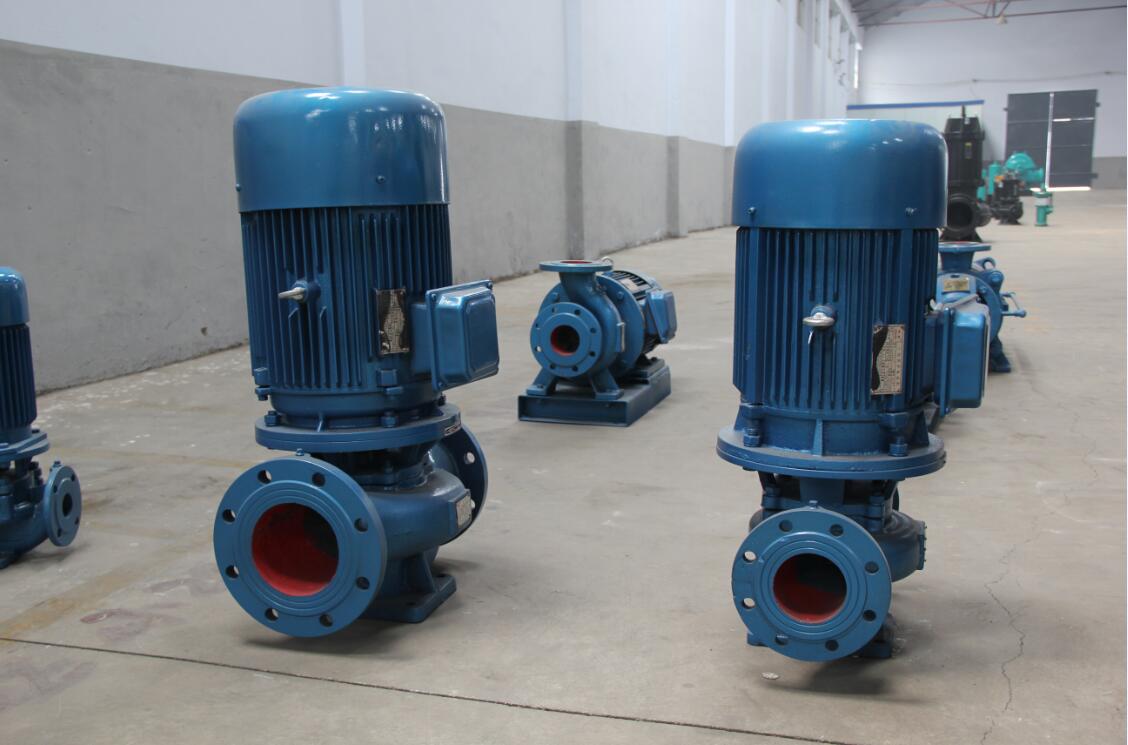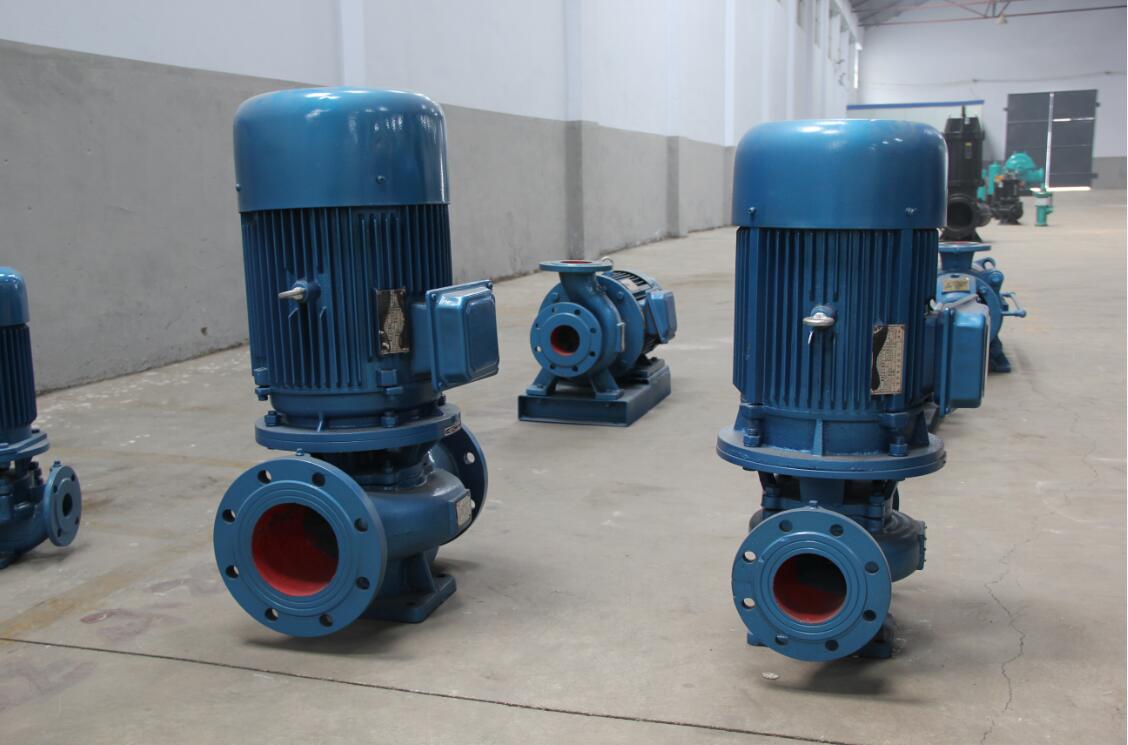
1.The impeller is driven to rotate the pump shaft, located on the work fluid between the blades, fluid by centrifugal force, was thrown from the impeller center periphery. When the fluid reaches the periphery of the impeller, the flow rate is very high.
2.The pump housing collects liquid which is thrown from each blade, and the liquid flows in the casing along the direction of the spiral case passage, so that the kinetic energy of the fluid can be converted into static pressure energy and the energy loss can be reduced. So the role of the pump shell is not only a collection of liquid, it is an energy conversion device.
3.Liquid suction principle: rely on high speed rotation of the impeller, forcing the impeller center of the liquid at a high rate of being cast aside, resulting in the center of the impeller at the center of the low pressure, the low position of the liquid in the tank is continuously sucked up.
Gas binding phenomenon: if the centrifugal pump is filled with gas before the start of the shell, then the center of the impeller gas is thrown when the center can not be formed in a large enough vacuum, so that the liquid can not be sucked on the tank. This phenomenon is called gas.
In order to prevent the occurrence of gas binding phenomenon, before starting the centrifugal pump, the inner space of the pump casing is filled with the liquid outside. This step is referred to as the irrigation pump. In order to prevent the filling liquid into the pump shell because of gravity flow in the low groove, in the pump suction pipe at the entrance of a non-return valve (valve); if the location of the pump below the liquid level in the tank, then start without irrigation pump.


